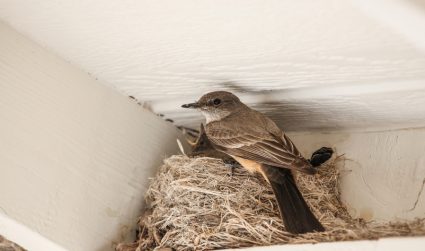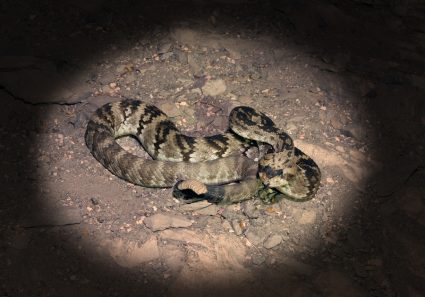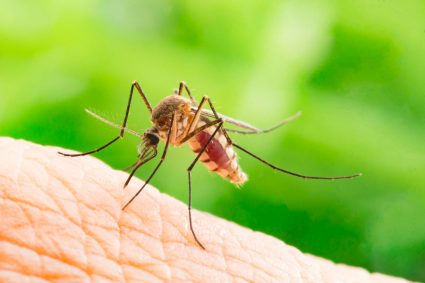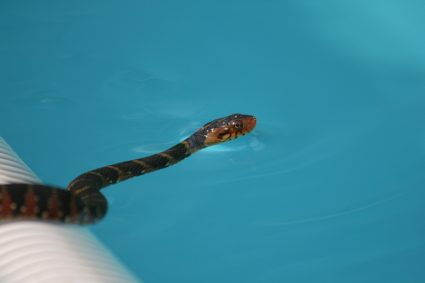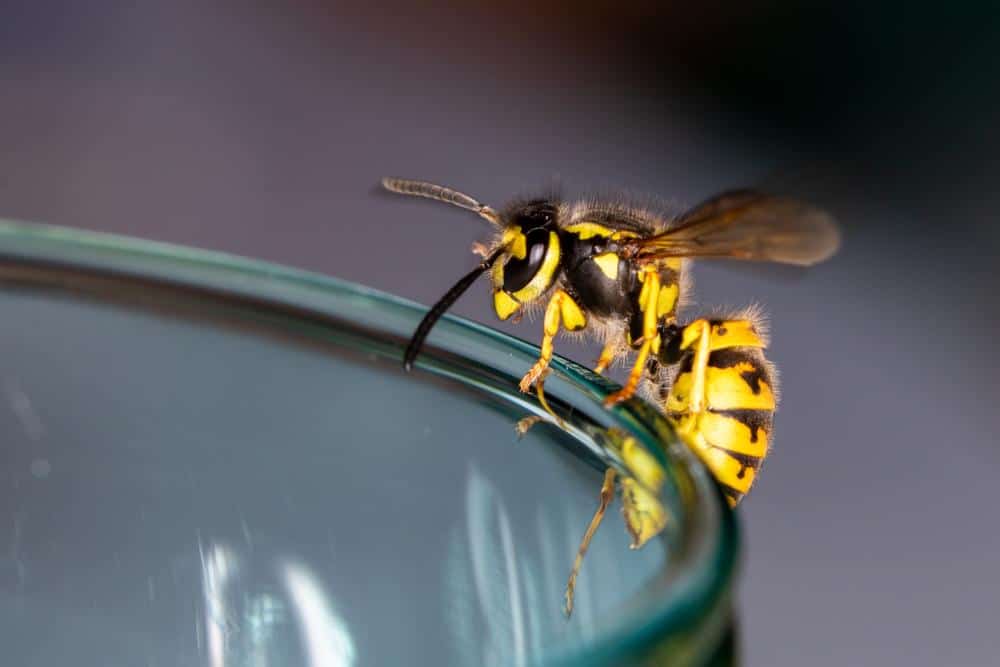
Yellow jackets are notorious for being party crashers at our outdoor meals, picnics, and barbecues. These insects, attracted to protein and sweet foods, can quickly become a nuisance. More importantly, they pose a significant health risk due to their painful stings and potential for triggering allergic reactions. In this comprehensive guide, we will explore various methods to keep yellow jackets away from food, ensuring a safer and more enjoyable outdoor dining experience.
To keep yellow jackets away from food, cover your food and drinks when not in use, maintain cleanliness in your outdoor area, and avoid using scented products or wearing bright colors. Use natural deterrents like peppermint oil, essential oil blends, cucumber slices, or faux nests. If yellow jackets become aggressive, do not swat at them, keep food covered, dispose of ripe fruits and garbage regularly, set up traps, and consider calling a professional pest control service if a nest is spotted.
What Attracts Yellow Jackets?
Yellow jackets are primarily attracted to food sources rich in sugars, carbohydrates, and proteins. They are drawn to fruits like watermelon, cantaloupe, peaches, and mixed berries, as well as to sugary drinks like soda and juices. Protein-rich foods like meats and fish also attract these insects. In addition to food, yellow jackets are attracted to perfumes with floral or fruity scents and bright colors, particularly yellow and floral patterns.
Effective Preventative Measures
Prevention is the best way to keep yellow jackets away from your food. Here are some tips:
- Keep food and drink covered: Make sure your food and drinks are sealed when not in use.
- Maintain cleanliness: Keep your outdoor trash area clean and ensure trash bins are sealed.
- Avoid attracting yellow jackets: Refrain from using perfume, sweet-smelling shampoos, or other scented body care products, and avoid wearing bright-colored clothes, particularly yellow or floral patterns.
- Use natural deterrents: Peppermint oil, essential oil blends, freshly cut cucumber, and crushed garlic are all natural deterrents that can keep yellow jackets at bay.
- Create faux nests: Yellow jackets are territorial insects, so creating fake nests can deter them from building nests nearby.
Safe and Effective Repellents
There are several safe and effective repellents you can use to keep yellow jackets away from your food:
- Citrus and cloves: Make a natural wasp repellent by combining citrus peels and cloves. Wasps dislike the scent of citrus and cloves, making it an effective deterrent.
- Decoy nests: Yellow jackets are territorial insects, so placing a decoy nest near your food area can help keep them away.
- Peppermint oil: Yellow jackets are repelled by the smell of peppermint. Combine a few drops of peppermint oil with warm water and dish soap to make a yellow jacket repellent spray.
- Cucumber slices: Wasps don’t like the acidity of cucumber peels. Place cucumber slices around your food area to repel yellow jackets.
- Essential oils: Create a blend of essential oils, such as clove, geranium, lemongrass, and rosemary, to repel yellow jackets. Mix the oils with distilled water and witch hazel in a spray bottle and spray the mixture around your food area.
Dealing with Aggressive Yellow Jackets
If yellow jackets become aggressive around food locations, here are some steps to take:
- Do not swat or provoke yellow jackets: This can trigger aggression and stinging.
- Keep food and drinks covered: Especially sweet and high-protein items like fruits, meats, and sugary beverages.
- Dispose of any ripe fruit lying on the ground and empty garbage cans regularly: Ensure they are tightly sealed.
- Avoid wearing bright colors, floral patterns, and scented products: These can attract yellow jackets.
- Set up yellow jacket traps: At least 20 feet away from your outdoor activity areas to lure them away.
- Stay calm and move slowly if a yellow jacket lands on you: Gently brushing it away without swatting.
- Be cautious around areas where yellow jackets may have nests: Avoid disturbing them.
- Call a professional pest control service: If you spot a nest, it’s best to let professionals handle the situation.
In conclusion, while yellow jackets can be a nuisance, there are several strategies available to keep them away from your food. By taking preventive measures, using natural repellents, and knowing how to handle aggressive yellow jackets, you can enjoy your outdoor meals without unwanted interruptions.
Frequently Asked Questions
What time of the year are yellow jackets most active?
Yellow jackets are most active during late summer and early fall when their colony size is largest.
Can yellow jackets sting multiple times?
Yes, unlike bees, yellow jackets do not lose their stingers and can sting multiple times.
What should I do if I get stung by a yellow jacket?
If you get stung by a yellow jacket, immediately clean the area with soap and water, apply a cold pack to reduce swelling, and consider over-the-counter remedies for pain relief. If you experience symptoms such as difficulty breathing, hives, or severe swelling, seek medical attention immediately as it could be an allergic reaction.
Are yellow jackets beneficial to the environment?
Yes, yellow jackets are beneficial to the environment. They are natural predators of many pest insects, helping to control their populations. They also serve a role in pollination.
How can I identify a yellow jacket nest?
Yellow jacket nests are typically located in the ground or in cavities such as hollow logs or manmade structures. They are often hidden from view. The nests are made of a papery material and can range in size from a golf ball to a large football. If you suspect a nest, it’s best to call a professional pest control service to handle it safely.




